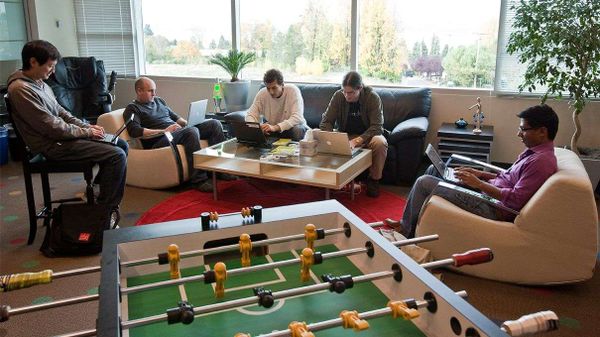
More than 97 percent of large companies in America (over 5,000 employees) offer employee assistance programs (EAPs), for those needing a professional to talk over personal or family issues with. Even 75-80 percent of medium-sized and smaller companies make EAP services available to employees.
These are usually free, even to employees who don't opt for the company's health insurance plans. "For many organizations, better supported employees can translate into improved productivity, decreased absenteeism and greater employee satisfaction," explains Valerie Keels, special expertise panelist with the Society for Human Resource Management (SHRM) in an email interview.
Advertisement
But despite their low or no cost, only about 6.9 percent of North American employees take advantage of EAP services. Why is that? Here are the top reasons.

